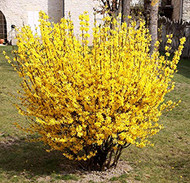Forsythia Blossoms Are Coming Soon
Posted by Native Wildflowers Nursery on Feb 12, 2020
Forsythia
The Forsythia is perhaps one of the most hearty plants growing in the wild and is a popular plant used in landscaping. The main reason that the Forsythia is so popular is that it tends to bloom early. The beautiful bright yellow blossoms that adorn the hearty bush start to emerge toward the end of winter. These blossoms have been reported to start to appear in late January. Another interesting fact about the Forsythia is that the flowers tend to bloom before the green leaves of the plant emerge. The plant can grow upwards of 10 feet tall and can be a wide as 12 feet in diameter. Forsythia originated in Asia, and there are currently several varieties in which to choose.

Varieties of Forsythia
There are several different versions of the Forsythia. There are fourteen different varieties of this flowering bush that grow primarily in Asia. However, out of all of these, only a few notable hybrid versions of the Forsythia are commonly produced in the United States. These varieties are the Forsythia Intermedia and the Forsythia Suspensa.
Forsythia in Landscaping
The Forsythia is not only commonly used in landscaping, but the most common place it tends to be planted is along the edge of the property. It tends to add curb appeal along the fence of a yard or even to give an illusion of a boundary around a yard that has no fence enclosure. The Forsythia has been nicknamed the living wall for the privacy it offers homeowners. One place, though, that landscaper would never plant a Forsythia bush is near the home or property. One of the main reasons being that the Forsythia needs direct sunlight to grow properly.
Care and Maintenance of the Forsythia
Other than needing direct sunlight and space in which to grow, there are a few other specific things that the Forsythia needs in which to flourish. One thing that those who want to plant the bush should keep in mind is that although it tends to adapt to most soil types, it tends to grow better in dryer soil. So, it is an ideal plant to want in areas where there is a drought warning going on where people are told not to water their lawns or plants to conserve water. Another thing that the Forsythia needs in plenty of space to grow out. As for the temperature that the Forsythia seems to prefer, it is between 55 to 70 degrees, and it seems to prefer humid conditions. So, not advisable to plant these too close together. As for using fertilizer, it isn't something that should be done until the Forsythia is a year old.
Pruning the Forsythia
One of the drawbacks of the Forsythia is that its blossoms tend to fall off the branches onto the ground. It can make for somewhat of a mess, so to keep the Forsythia from constantly shedding it blooms, proper pruning needs to be done. The best time in which to prune the Forsythia is after the bush has stopped blossoming in the Spring. There are several videos available online about how to properly go about pruning a Forsythia bush.
Forsythia for Medicinal Purposes
The Forsythia isn't just a beautiful flowering plant to have in your landscape design; it has medicinal purposes as well. Chinese herbalist has used this plant for thousands of years. The plant has been used for such conditions as Urinary tract infections, bronchitis, and tonsillitis. It has also been effective in skin conditions such as rashes and as a skin moisturizer.


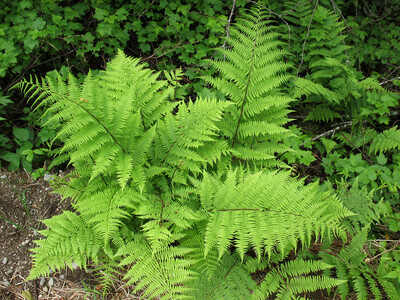 Native Ferns
Native Ferns
 Native Mosses
Native Mosses
 Native Perennials
Native Perennials
 Native Ground Covers
Native Ground Covers
 Native Trees
Native Trees
 Pollinators
Pollinators
 Shop Bloom Color
Shop Bloom Color
 Perennials By Zone
Perennials By Zone
 Medicinal Herb Plants
Medicinal Herb Plants
 Spring Bulbs
Spring Bulbs
 Trillium
Trillium
 Shop By Zone
Shop By Zone
 Flowering Groundcovers
Flowering Groundcovers
 Evergreen Groundcovers
Evergreen Groundcovers
 Ferns for Zone 3
Ferns for Zone 3
 Ferns for Zone 4
Ferns for Zone 4
 Ferns for Zone 5
Ferns for Zone 5
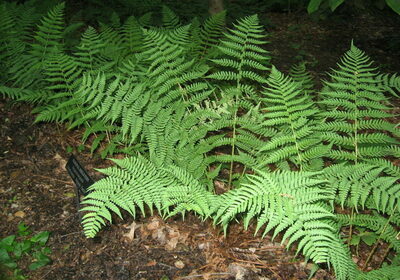 Ferns for Zone 6
Ferns for Zone 6
 Ferns for Zone 7
Ferns for Zone 7
 Ferns for Zone 8
Ferns for Zone 8
 Christmas bows
Christmas bows
 Fresh Wreaths
Fresh Wreaths
 Garlands
Garlands
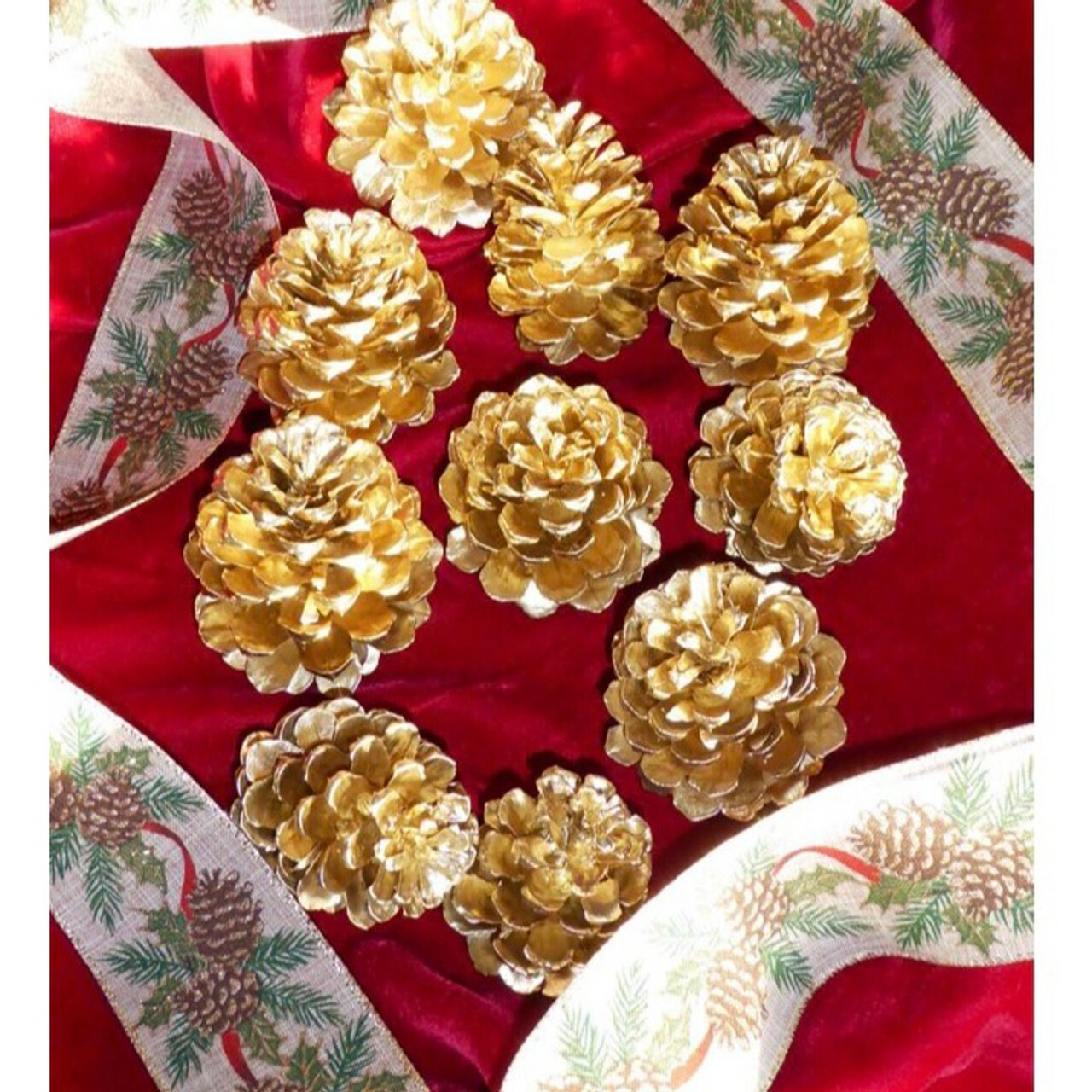 Large Pine Cones
Large Pine Cones
 Live Mistletoe
Live Mistletoe
 Moss
Moss
 Shop Trees By Zone
Shop Trees By Zone
 Tree Seedlings
Tree Seedlings
 Fast Growing Trees
Fast Growing Trees
 Pine Trees
Pine Trees
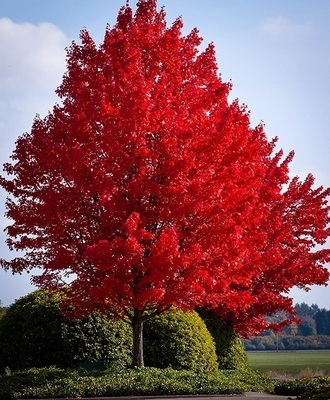 Live Stakes
Live Stakes
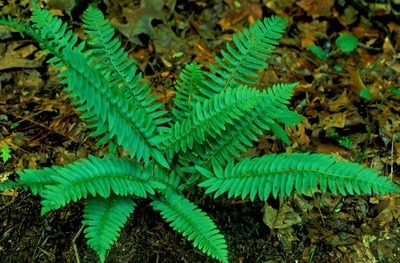 Evergreens
Evergreens
 Cactus
Cactus
 Combos
Combos
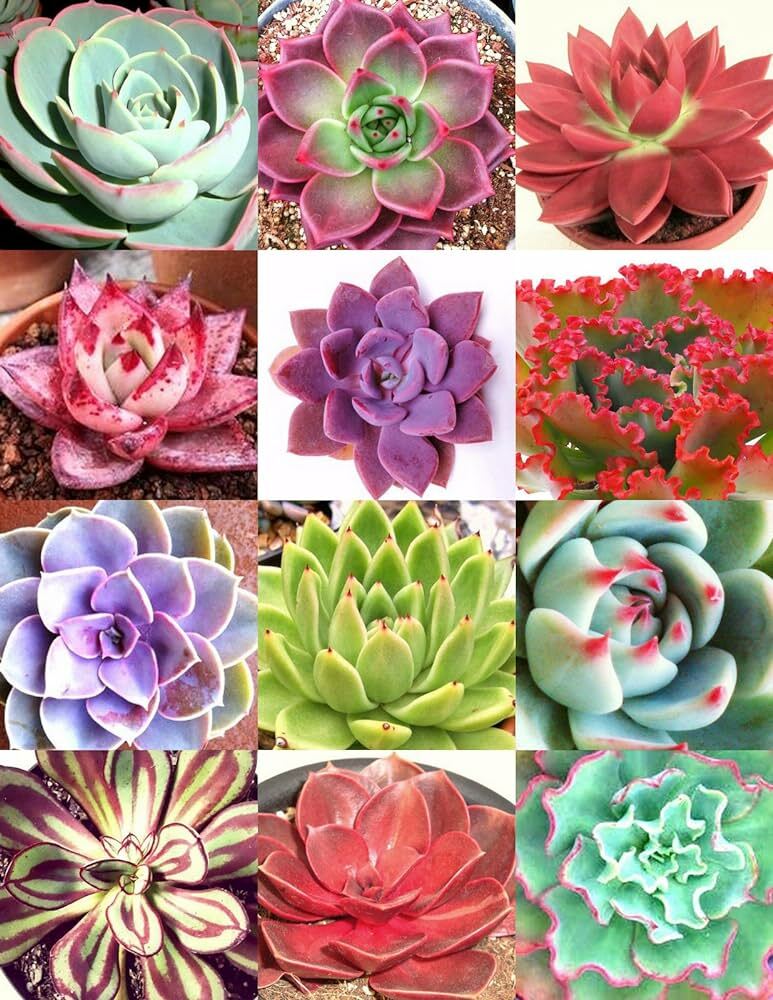 Echeveria
Echeveria
 Haworthia
Haworthia
 Sedum - Stonecrop
Sedum - Stonecrop
